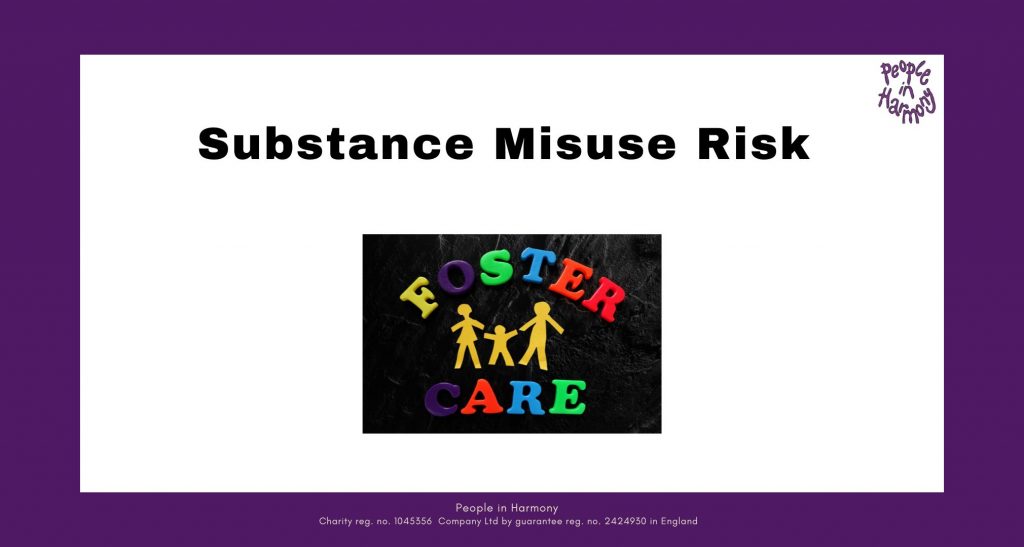Substance misuse is a significant concern affecting vulnerable populations across the globe, including foster children who encounter unique challenges in this area.
Substance Misuse Risks Among Foster Children:
An Infographic Summary.
This infographic, by Rehab Recovery, provides a concise overview of the risks associated with substance misuse among foster children, offering insights into the contributing factors and potential repercussions on their overall well-being.
By comprehending these risks, we can work towards formulating effective strategies to support and safeguard foster children, enabling them to lead healthier and more fulfilling lives.
The infographic explores various essential aspects pertaining to substance misuse in foster children. It underscores the heightened vulnerability of foster children due to their backgrounds, often marked by trauma, neglect, and disrupted attachments.
These early-life experiences have a profound impact on their emotional well-being, increasing their susceptibility to substance misuse as a coping mechanism for distressing emotions.
Furthermore, the infographic emphasises the influence of environmental factors on foster children.
Frequent placement changes, unstable living conditions, and exposure to substance misuse within foster homes contribute to a cycle of substance abuse among these vulnerable individuals.
Additionally, the infographic acknowledges the role of peer pressure and social influences, exacerbating the risk of engaging in substance misuse behaviours among foster children.
The consequences of substance misuse in foster children are also highlighted, emphasising the adverse effects on their physical, mental, and emotional health. Substance misuse can lead to developmental delays, academic difficulties, impaired social relationships, and an elevated likelihood of involvement in criminal activities.
Moreover, the infographic draws attention to the long-term implications, such as a higher probability of continued substance abuse in adulthood.
To address the risks associated with substance misuse in foster children, the infographic concludes by underscoring the significance of early intervention, comprehensive support services, and trauma-informed care.
By prioritising prevention, education, and access to suitable treatment, we can foster healthier coping mechanisms and improve outcomes for foster children affected by substance misuse.
In summary, this infographic provides valuable insights into the risks faced by foster children concerning substance misuse.
By understanding the underlying factors contributing to this issue and its consequences, we can enhance awareness and advocate for effective interventions and support systems to safeguard the well-being of these vulnerable individuals.

Summary for Adopted and Looked After Children
The data shows that:
- There were 80,080 looked-after children in England on 31 March 2020
- Black children made up 7% of looked after children, and 2% of those adopted. This is proportionally smaller than their share of the under-18 population (5%)
- White children make up the largest share of the under-18 population (79%), and made up for 74% of looked after children, and 83% of those adopted
- Children with Mixed ethnicity made up 10% of looked after children, and 10% of those adopted. This is proportionally larger than their share of the under-18 population (5%)
